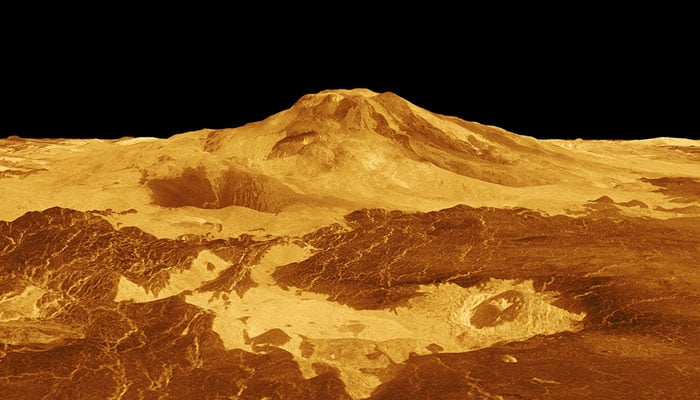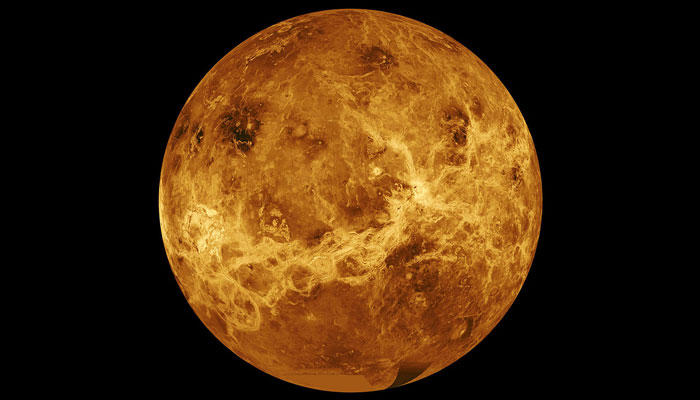Nasa's Magellan orbiter maps 85,000 volcanoes on Venus
New database will enable scientists to think about where else to search for evidence of recent geological activity, says expert
May 25, 2023

With the help of radar imagery collected by Nasa’s Magellan mission in the 1990s, scientists have been able to create a map which shows more than 85,000 volcanoes on Venus, the second planet in the solar system by distance from the Sun, reported Guardian Wednesday.
Earth hosts more than 1,500 volcanoes which looks like a lot but it stands nowhere compared to the number which the scientists have revealed. They also said that 99% of the volcanoes are less than 5 kilometres in diameter.
Paul Byrne from Washington University in St Louis, said: "Our new database will enable scientists to think about where else to search for evidence of recent geological activity [on Venus]."
Byrne and his team reported in the journal JGR Planets that although there were volcanoes virtually everywhere on the planet, volcanoes in the 20km to 100km in diameter range are relatively scarce.

The experts maintained that it might help them to learn more about magma availability and eruption rates on Venus.
The researchers believed that the publically available data will help them better understand the inner workings of the planet Venus.
According to the report in the journal Science, the volcano map comes hot on the heels of the first proof that Venus has active volcanoes.
Playing "spot the difference" with radar images from the Magellan mission, researchers have been able to determine a volcanic vent on the massive Maat Mons volcano, which had enlarged and changed shape over an eight-month period, with new lava flows appearing in the latter images.









